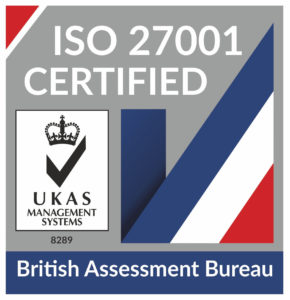
HaloITSM Guides
Documentation to assist with the setup and configuration of the HaloITSM platform
Stock Control
Stock control in Halo is useful for keeping track of where your stock is located, how much is in stock and transferring stock between locations. You are also able to consign stock using Sales Orders, Invoices or when issuing an item on a ticket in Halo.
Enabling Stock Tracking
To enable stock tracking you will need to go to Configuration > Items, then tick the check box that says ‘Track Stock Levels’. This will allow you to track the quantity of stock across different sites.
Setting up Stock Locations
In order to receive stock you will first need to set up locations that you can receive stock from. To set up a stock location you will need to go to a site and enable the option under the details tab to set this site as a stock location.
Receiving Stock
You can receive stock in a couple of ways. Firstly, you can select the ‘Stock’ tab on a stock location site and choose to receive stock. This is handy if you wanted to receive multiple types of items as stock against one site.
Secondly, you can receive stock by going to the items module > click on the three dots on the right-hand side > select receive stock. or by going into an item and selecting the receive stock button.
You are also able to go into an item and select the button to receive stock.
Viewing Stock Levels
Items can now be listed by stock location by selecting this in the view list.
You now will also have the option to view stock and stock history against an item.
Stock shows the quantity in stock at each location. Stock history shows an audit trail for every stock movement that happens. The quantity in stock will also show areas of the app which list items, such as the item list, adding items to a ticket or order.
You can drill into each Stock Location to view the stock received records for that location, with information such as how many were brought in, how many remain, and serialised assets that are created.
Stock Levels and Consigning Stock
Stock is reduced when items are consigned from a Sales Order, or in some cases when an item is issued on a ticket. An option to consign a Sales Order or Items Issued now show on the Sales Order screen, and Items Issued tab of a ticket.
If the stock is issued on a ticket that has the same site, the stock levels for that site will not be reduced. If the stock is issued on a ticket that has another stock location as the site, the stock will be reduced at the previous location and added to the new location. If the stock is issued on a ticket with a non-stock location as the site, the stock will be decreased and the item consigned into an asset which has its site set to the new location.
Consigning will consign all lines on the order which need to be consigned, and reduce the stock of the item. When either adding an item to an order or consigning the order, a stock location can be chosen for each item. There must be enough in stock to consign the order.
When consigned, a link to the consignment will show within the line item. Clicking the consignment will show information about the consignment such as the items on it, and any assets that were serialised.
Stock can be transferred between locations using the "Stock Transfer" button on the Item details screen. A stock-take can also be performed to adjust the quantity in stock.
Other Settings
A setting has been added to make it so Items Issued and Orders cannot be invoiced until they are fully consigned. This is available in Config > Sales Orders.
A setting has also been added to Items to make a specific item non-consignable. If enabled it will behave as if that item has already been consigned when adding to an order.
Stock in the web application is not backward compatible for legacy applications.
Popular Guides
- Asset Import - CSV/XLS/Spreadsheet Method
- Call Management in Halo
- Creating a New Application for API Connections
- Creating Agents and Editing Agent Details
- Departments and Teams
- Halo Integrator
- Importing Data
- Multiple New Portals with different branding for one customer [Hosted]
- NHServer Deprecation User Guide
- Organisation Basics
- Organising Teams of Agents
- Step-by-Step Configuration Walk Through











